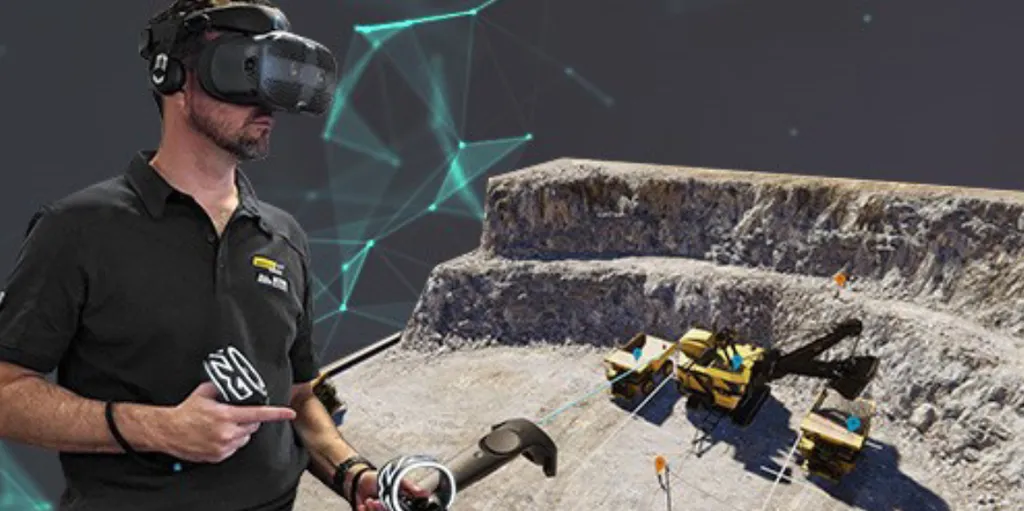In the heart of Poland, at the Wrocław University of Science and Technology, a groundbreaking study is reshaping how we perceive and interact with engineering challenges. Lead by Paweł Strzałkowski from the Faculty of Geoengineering, Mining and Geology, this research dives into the transformative power of virtual reality (VR) technology, particularly its role in surveying, mining, environmental protection, and occupational safety. The study, recently published in the journal ‘Sensors’ (translated to English as ‘Sensors’), is a beacon of innovation, highlighting how VR can revolutionize the energy sector and beyond.
Imagine stepping into a virtual mine, where every movement, every interaction, is tracked with precision, thanks to advanced sensors. This is not a scene from a sci-fi movie, but a reality that Strzałkowski and his team are bringing to life. “VR technology is not just about creating immersive experiences,” Strzałkowski explains. “It’s about providing effective tools for analyzing, interpreting, and visualizing complex geospatial data. It enables realistic simulations of mining processes, supports the monitoring of environmental impacts, and facilitates environmental education by creating engaging, immersive experiences.”
The implications for the energy sector are immense. VR can simulate mining processes, allowing engineers to test and refine methods in a virtual environment before implementing them in the real world. This not only saves costs but also enhances safety. “In occupational safety, VR allows hazard scenarios and accident events to be reproduced in a safe yet highly realistic environment, significantly enhancing the effectiveness of training,” Strzałkowski notes. This means miners and other energy sector professionals can be better prepared for real-life situations, reducing the risk of accidents and improving overall safety.
But the benefits don’t stop at mining. VR technology is also proving to be a game-changer in environmental protection. It supports the monitoring of environmental impacts, helping to create engaging, immersive experiences that can educate and inform. This can lead to more informed decision-making and better environmental management practices.
However, the journey is not without its challenges. Strzałkowski identifies several barriers, including technological challenges, insufficient numbers of trained specialists, health and ergonomics concerns, resistance to organizational change, ethical considerations, and limited funding. Despite these hurdles, the future of VR in engineering looks promising. Continuous technological progress, combined with growing attention to behavioural aspects of training and user interaction, is expected to drive the creation of increasingly advanced and effective tools.
This research is a testament to the power of innovation and the potential of VR technology to transform engineering practices. As Strzałkowski and his team continue to push the boundaries, the energy sector and other industries stand to benefit greatly. The study, published in ‘Sensors’, serves as a foundation for further exploration of VR as an integral part of engineering practice, paving the way for a future where virtual reality is as commonplace as the computers we use today. The question is not if VR will shape the future of engineering, but how quickly we can embrace and adapt to this exciting new reality.

